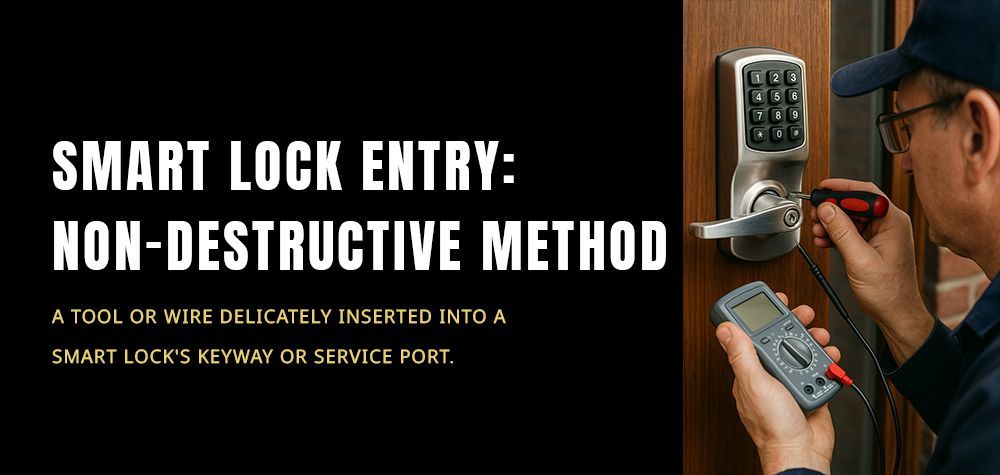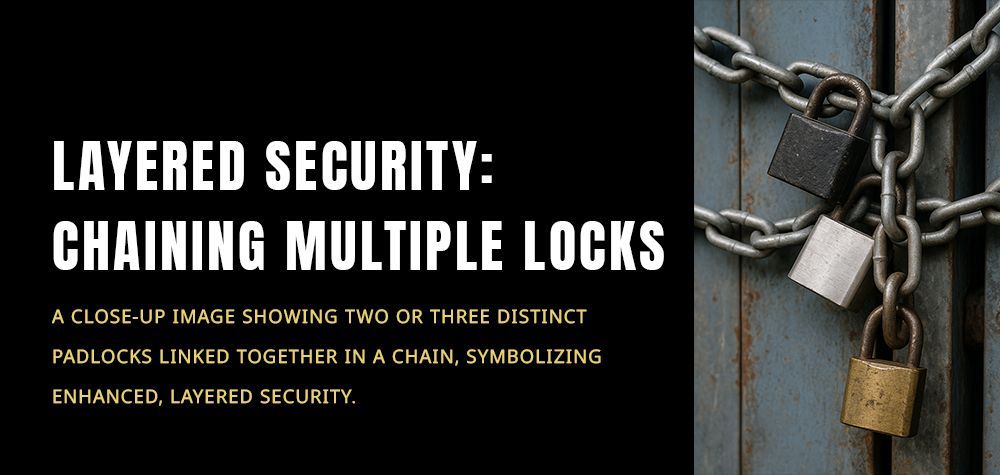Preventing Car Door Lock Jamming
ey there, car owner! Have you ever found yourself struggling with a jammed car door lock? It can be incredibly frustrating, especially when you're in a hurry. But don't worry, with some regular maintenance and a few handy tips, you can keep those locks functioning smoothly. Let’s dive into how you can prevent car door lock jamming and ensure your car remains secure and accessible.
Why Car Door Locks Jam
Before we get into the maintenance tips, it's essential to understand why car door locks jam in the first place. Common reasons include:
- Dirt and Debris: Over time, dirt and debris can accumulate in the lock mechanism, causing it to jam.
- Lack of Lubrication: Locks need to be lubricated to function smoothly. Without proper lubrication, the internal components can seize up.
- Weather Conditions: Extreme cold can freeze the lock, while excessive moisture can lead to rust and corrosion.
- Wear and Tear: Regular use can lead to wear and tear on the lock components, eventually causing them to malfunction.
Tips for Preventing Car Door Lock Jamming
1. Regular Cleaning
Keeping your car door locks clean is the first step in preventing jams. Here's how you can do it:
- Use Compressed Air: Blow compressed air into the lock to remove any dirt and debris.
- Clean the Key: Make sure your car key is clean before inserting it into the lock. Wipe it down with a clean cloth regularly.
- Use a Lock Cleaner: Invest in a good-quality lock cleaner to remove any build-up inside the lock mechanism.
2. Proper Lubrication
Lubrication is crucial for the smooth operation of your car door locks. Follow these steps:
- Choose the Right Lubricant: Use a graphite-based lubricant or a silicone spray, as they are less likely to attract dirt.
- Apply Sparingly: Insert the nozzle of the lubricant into the lock and spray a small amount. Insert and turn the key several times to distribute the lubricant evenly.
- Regular Schedule: Lubricate the locks at least twice a year, or more often if you live in a region with extreme weather conditions.
3. Protect Against Weather
Weather can significantly impact the functionality of your car door locks. Here are some protective measures:
- Use a Lock De-Icer: In cold weather, keep a lock de-icer handy to quickly thaw frozen locks.
- Protect from Moisture: Apply a thin layer of petroleum jelly around the keyhole to prevent moisture from seeping in.
- Park Smart: Whenever possible, park your car in a garage or a covered area to shield it from harsh weather conditions.
4. Inspect and Replace
Regular inspection and timely replacement of worn-out parts can prevent lock jams:
- Check for Wear and Tear: Regularly inspect the lock and key for signs of wear and tear. If the key appears worn out or bent, get a replacement.
- Replace Damaged Locks: If you notice any damage to the lock mechanism, such as rust or corrosion, consider getting it replaced by a professional.
When to Call a Professional
While regular maintenance can prevent most issues, sometimes professional help is necessary:
- Persistent Jamming: If the lock continues to jam despite regular maintenance, it might be time to call a professional locksmith.
- Key Stuck in Lock: If your key gets stuck or breaks off in the lock, don’t try to force it out. Instead, contact a locksmith to avoid further damage.
- Complex Issues: For any complex lock issues that you’re not comfortable handling yourself, seek professional assistance to ensure the problem is resolved correctly.
Conclusion
Preventing car door lock jamming is all about regular maintenance and taking proactive measures. By keeping your locks clean, properly lubricated, and protected from harsh weather, you can ensure they function smoothly and reliably. Remember, a little effort goes a long way in keeping your car secure and accessible. Happy driving!
FAQs
What is the best lubricant for car door locks?
Graphite-based lubricants and silicone sprays are the best options as they do not attract dirt and provide long-lasting lubrication.
How often should I lubricate my car door locks?
It’s recommended to lubricate your car door locks at least twice a year or more frequently if you live in an area with extreme weather conditions.
Can I use WD-40 on my car door locks?
While WD-40 can provide temporary lubrication, it’s not ideal for long-term use as it can attract dirt and debris. Opt for graphite-based or silicone lubricants instead.
What should I do if my car door lock is frozen?
Use a lock de-icer or gently heat the key with a lighter before inserting it into the lock. Avoid using excessive force as it can damage the lock.
When should I call a professional locksmith?
If the lock continues to jam despite maintenance, if the key gets stuck or breaks in the lock, or if you encounter any complex lock issues, it’s best to call a professional locksmith.
Keyless Entry System Problems: Repairing and Resyncing for Proper Functionality
Call Us Any Time!




